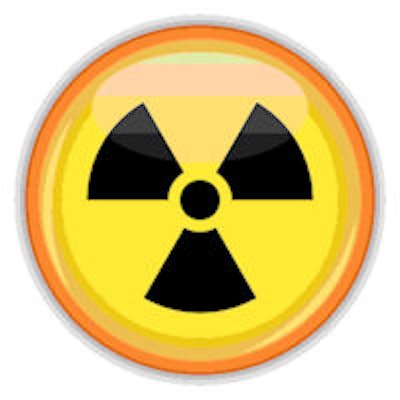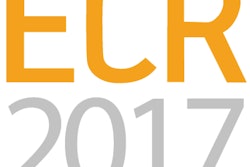
Fresh evidence of the lack of awareness of radiation protection among medical staff in the Middle East has come from a large new study performed in Saudi Arabia. The research has led to renewed calls for more formal training schemes in the region.
"There are increasing data about the risk of cancer associated with ionizing radiation used for medical purposes and that it has dose-dependent effects on the human body," Mawya Khafaji, PhD, department of radiology, Faculty of Medicine, King Abdulaziz University in Jeddah, Saudi Arabia, told delegates at this month's U.K. Radiological Congress (UKRC) in Liverpool.
"Physicians are not accurately aware about the radiation dose received by their patients. Some tend to underestimate the radiation doses received by their patients and others think it is not an important factor when choosing which modality to order," she explained.
Khafaji and her colleagues conducted a cohort study among health professionals of all levels at King Abdulaziz University Hospital. They sent out 900 questionnaires, and used IBM SPSS version 20 for the statistical analysis.
A total of 752 questionnaires (83.6%) were completed and returned. Questionnaires with missing answers were excluded. Nurses constituted nearly 65% of the respondents, and 29% were physicians with different levels of education while the remaining 6% were technicians and other staff. They were asked questions about differentiating between ionizing and nonionizing radiation and organ sensitivity.
Nurses scored lowest of any group, while senior house officers (nonconsultant hospital doctors whose work is supervised by consultants and registrars) scored highest of any group, including consultants and trainees. A registrar is a hospital doctor who has received advanced training in a specialist field, and is below the consultant level.
"The results from our questionnaire indicated the inadequacy of awareness of ionizing radiation. From the rapidly developing field of radiation imaging, continuous updated knowledge is required to assure no patient is exposed to unnecessary radiation and subsequent risk of developing cancer," Khafaji stated.
Formal training should be mandatory to raise awareness and referral practice in imaging, she continued.
According to Khafaji, "We are exposed to ionizing radiation on a daily basis, either from background or technology based. Diagnostic radiographs are the most common source of technology-based radiation exposure, and contribute 50% of the annual allowed dose received by an individual."
Radiation dose under scrutiny
Other researchers have come to a similar conclusion
"Better information and education about medical radiation and the associated benefits and risk consequences are needed to increase awareness of radiation safety in the general public," noted Yahya Ali Athlawy, from the department of radiology at Sabya Hospital Jazan, a public hospital in Saudi Arabia.
Athlawy's 2012 study involving 100 medical staff looked at knowledge of CT dose compared with an anteroposterior chest x-ray. More than 60% of physicians made an error about the effective dose of these examinations, and two of the three radiologists questioned also gave incorrect answers. More than half of the radiographers answered the questions incorrectly, except for the question about a chest CT scan, which showed 55% correct answers.
Also, Athlawy and colleagues investigated patients' experiences. A total of 91% of patients said they did not receive any information from the physicians about the benefits and risks of CT exams, and only 15% thought they received adequate explanation from radiographers about the examinations.
In the Jeddah study, Khafaji's co-authors were Sarah Hagi, PhD, and Abeer Albar. Khafaji and Hagi have also investigated the rejection rate of direct digital radiography examinations at their hospital. Between June 2012 and May 2013, 13,371 of the 89,797 acquired images were rejected, making a rejection rate of 15%. Positioning errors (30.9%) were the top reason for rejection, followed by artifact (28.5%), motion (17.1%), and technique (16.2%). As for body parts, images of the pelvis, abdomen, spine, and knee were recorded as being rejected with higher rates than the average (Saudi Medical Journal, August 2014, Vol. 35:8, pp. 879-881).




















